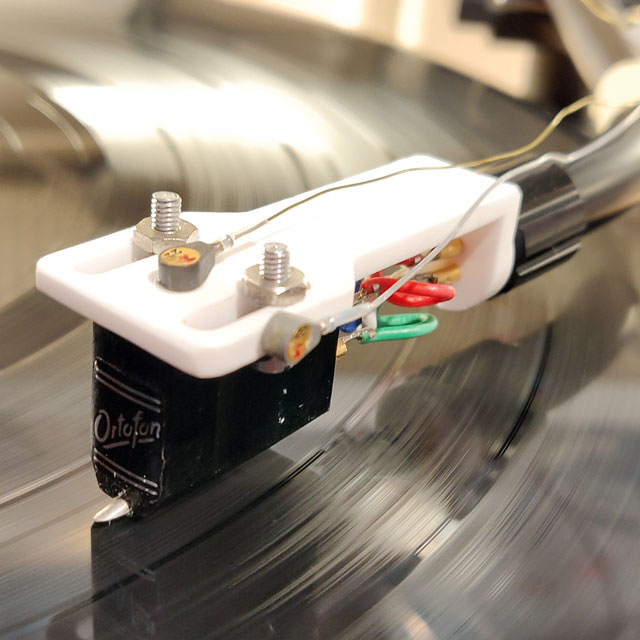I should know better than to enter this fray, but against my better judgement, here goes...
If I understand the various discussions going on, there are a number of propositions:
1. Any audio content below 20Hz whether it was put there on purpose or are just artifacts of the mechanical system are irrelevant to the process of listening and therefore should be removed before the phono pre.
2. Removing the unwanted signal before the phono pre compromises the design of the phono pre and can introduce unwanted distortion and noise. Removing the unwanted signal after the phono pre avoids this, but the damage is already done.
3. It is a simple matter to remove the unwanted signal so why didn't SoTA do this in the first place?
Please feel free to bring any other salient points to my attention if I overlooked anything.
Items 1 & 2 are related with respect to where the removal of the unwanted signal should take place. While putting the filter before the phono pre might prevent distortion by providing additional LF headroom, it comes at the cost of increased noise and loading issues. There was a very good thread on DIYAudio (which I'm unable to locate presently) which posited that large LF excursions of the stylus can create distortion and IM at the cartridge since the behavior of the generator is non-linear at the extremes and therefore attempting to correct for this before or after the phono stage was a fool's errand as the damage is already done no matter where you place a HPF. The best remedy is to prevent excessive LF stylus excursions in the first place by minimizing the source of excitation for arm/cart resonance, i.e. warps or defects in the pressing. Absent that, a good quality HPF after the phono pre can prevent excessive woofer excursion which can actually damage the driver (I blew up 2 rather expensive drivers because of this before I added an 8 pole 18Hz Butterworth HPF to LF path in my bi-amped system).
As to whether this is a simple matter or not is debatable. To do it right would certainly have added cost, complexity and size to the Pyxi and as a number of people are already complaining about the price, it seems logical to have left it out. Many line level preamps and some integrated amps have this feature built in, so maybe this is a better place to address it.
The Schiit Mani has a 2 stage HPF on the outputs that can be switched in/out, each stage being a single pole RC filter with an Fc of ~16Hz. Each stage will have ~6dB/octave attenuation below the cutoff which means switching in the first stage would have ~9dB attenuation at 8 Hz, in other words, completely useless. Switching in both stages improves the rejection at 10Hz to -15dB; better, but still insufficient to be useful. It also moves the -3dB point up to 50Hz where it will start to impact the low bass response. Obviously, there is a down side to being too simple.
The Pyxi was designed to be a entry level (low cost) high spec phono pre that punches way above it's weight; from the initial feedback, it appears that SoTa accomplished their goal fairly well. They are looking at releasing a higher end (more expensive) design that has more bells and whistles and slightly better specs. It's regrettable that a number of people were offended that the power switch, LED and gain switch didn't line up exactly on the front panel, but they are 3 different types of RA PCB mounted components and finding all three that had the exact vertical height proved to be nearly impossible. Interesting that no one complained about the back panel, as the DIP switches, RCA jacks and power input don't line up either. C'est la vie.





